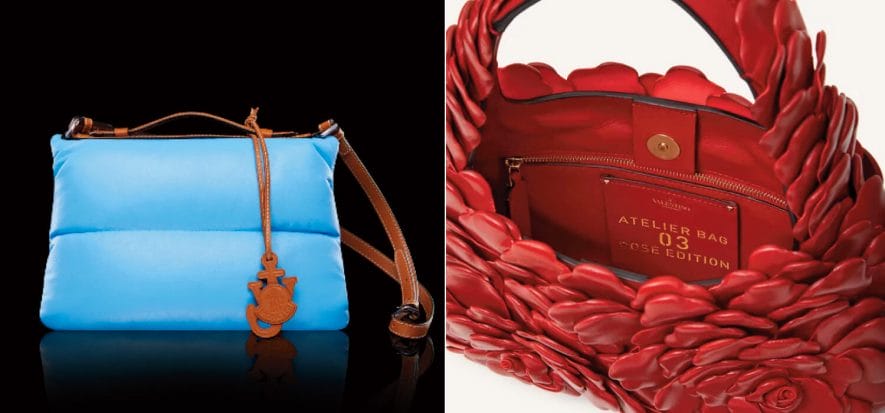The key word is, for both, agility, given that it is the tool to remain competitive. The Covid-19 impact on the financials of the two brands is different though. Valentino and Moncler published their 2020 financial results and show a different way to face and suffer the pandemic’s effects, even while sharing the deep uncertainty that surrounds the future, and the good results in the online channel and China.
Valentino -27%: agility is the key word
The luxury brand owned by Mayhoola for Investments closed 2020 with 882 million euro in revenue, or -27% at constant rates and -28% at current rates. The brand highlights the 62% growth of the online channel (including the +77% of direct e-commerce) which now accounts for 14% of the total sales made online. China’s retail segment also performed well, showing 44% growth from the data of 2019.
Brand also collected encouraging signs during the last quarter of the year, with orders for the pre-fall collection of 2021 up 25% compared to that of pre-spring 2021 (July 2020), and in line with those of 2019. “Our goal is to become more efficient and become more agile, in order to collect new opportunities that have risen from the changes in the market”, commented Rachid Mohamed Rachid, president of Valentino’s BoA.
Moncler -11%: flexible and reactive structure
The company led by Remo Ruffini closed 2020 with a consolidated revenue of 1.44 billion euro: -11% at constant rates and -12% at current rated. A great recovery during the 4th quarter, with revenue up by 8% at constant rates and 7% at current ones Net profits in 2020 dropped by 16.2% (300.4 million euro).
Moncler pointed out in its statement its acquisition of Stone Island, which was done to consolidate the group’s position in the “new luxury” segment. The brand, say online news sources, “will continue to work to maintain an agile, flexible and reactive organizational structure in 2021”.
And will continue “the implementation of the following strategic lines: strengthening of the digital culture, international development, direct control and consolidation of direct markets, and sustainable development of the business”.
Images from valentino.com (on the right) and (on the left) moncler.com
Read also:











